

CONTRIBUTION
The Exhibition is in Transit vol. 1 : Tal Gilad
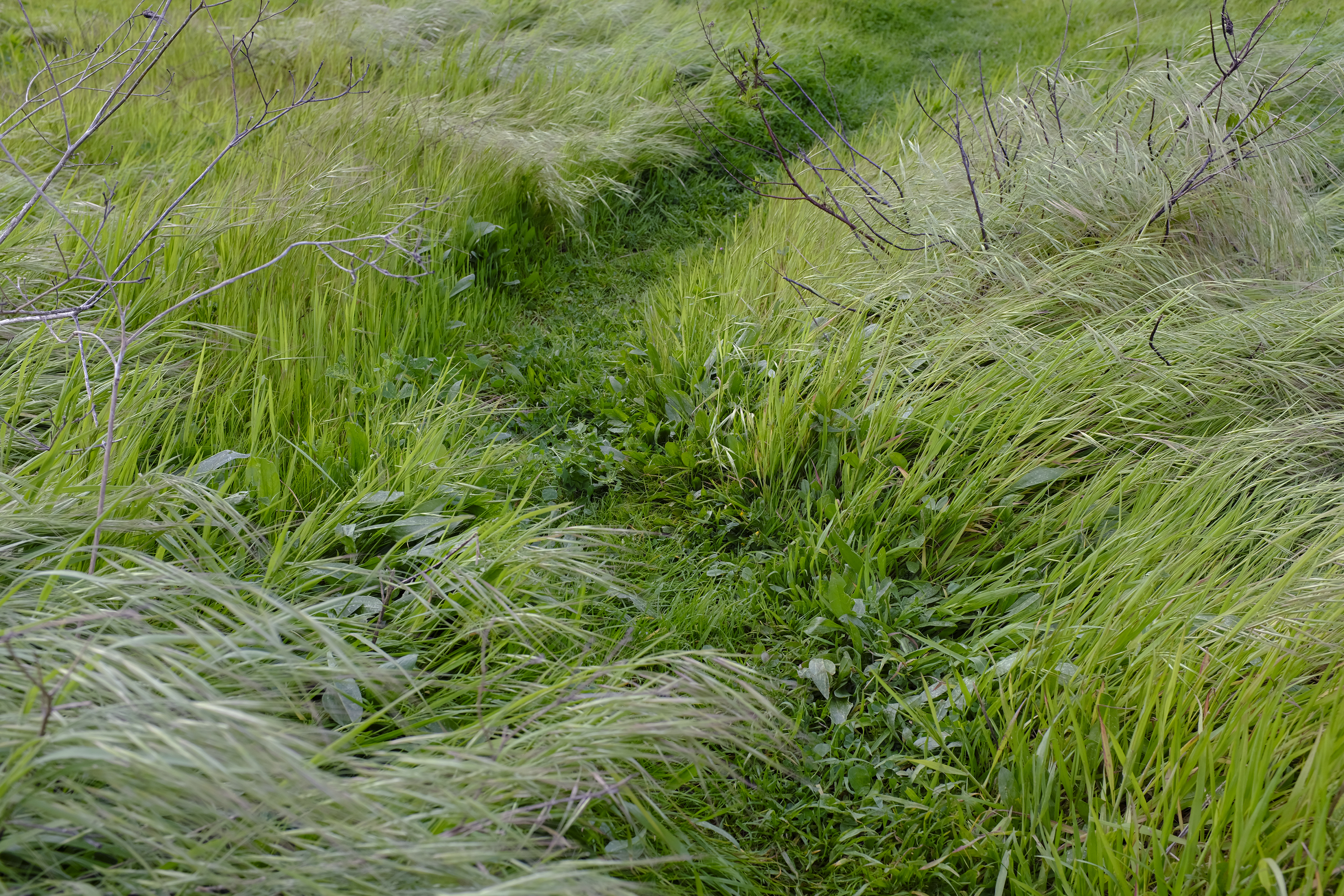
#domestictourism
The concept of an exhibition as the chief format of curatorial practice has been questioned long before the pandemic. Alternative models of thinking about art emerged as exemplified by institutions with no exhibition space. Curators are now less concerned with exhibition-making and artists are much more self-organized and not dependent on the curator's position of power to show their work. The backlash of accelerated digitization inspired a return to craft in the contemporary art scene. Socially engaged and non-object-based art of the last decade are thereby challenging the methods of display/distribution by rigid institutions. Postcolonial theory made an irreversible impact on how we view museums and museology. Ever since restrictions in the name of public health came into force - physical encounters are no longer taken for granted. Online programs may exhaust themselves eventually since mediation is more excessive than ever. Nostalgia for models once considered archaic is now dominating our hearts.
This text was intended to be speculative concerning the long-term effects of Covid-19 on the art sphere. By examining cases of creativity and flexibility in curatorial practices from the last year as prophecies for post-pandemic positive change. It ended up as a collection of private experiences, encounters, and processes I had as a curator and viewer.
During late October - early November 2019, I met with the artist, Dana Lev Levnat when she spent some time in Sweden. We were introduced by a mutual friend, Ido Shevet who was our first friend in Stockholm and was visiting from Berlin at the time. We made plans to meet for fika and catch up. He said he would bring a friend who was visiting Stockholm. Dana Lev was that friend, we sat at Pascal, one of my favorite cafés in Vasastan. She mentioned her trip is a part of her ongoing project called Permanent Vacation. I recognized the name and remembered reading about this art/life project before. She is known as Permi Vac by her followers (as she had to change her FB profile page due to their real-name policy). We must have had a nice enough conversation because we made plans to meet again. After fika, we all went to check out Myrorna, a second-hand shop across the street. We admired the everyday objects of glass and pottery arranged as a color gradient. She took a couple of snapshots and posted them, also one of Inbar’s upper torso and one of me from the back. We were wearing trench coats- the images were like a portrait of the day's weather. Permi has this rule of uploading a photo every two hours. It is perhaps her only rule and keeps her photographing as she travels. She had done so constantly for seven years. She has no home baseme-base, studio, pets, gallery, or possessions besides what she can fit in her suitcase. She is also free from debt, day job, responsibilities, mortgage, and strings attached.
Throughout her stay, I joined her for walkabouts in the city, sightseeing to the city hall, viewpoints, second-hand shops, and cemeteries. I asked her many questions but was aware she had been asked all these questions before and may grow tired of answering them. I tried to be respectful and empathize with her position, we share the same status of leaving. We left Israel. This normally invites a series of questions posed rapidly by a person who stayed. Those are sometimes invasive or so big that they can not be answered straightforwardly and may serve as a constant reminder that you can never go home again.
Together we sampled some mediocre cheap taco at La Neta, excellent average sushi and salmon bibimbap at ESA, and basic coffee with delicious pastries at Fabrique. It was cold, damp, and a bit dark, but otherwise a beautiful time of the year - perfect for walking the streets aimlessly. She took my portrait one evening as we were on the bridge of Katarina lift at Slussen, where Gondolan restaurant is located. There is always access to this bridge, even at night. It's a tourist destination that looks over Lake Mälaren which runs between the two main islands of Stockholm. In the last few years, the view is of heavy construction work for the redevelopment project, Nya Slussen.
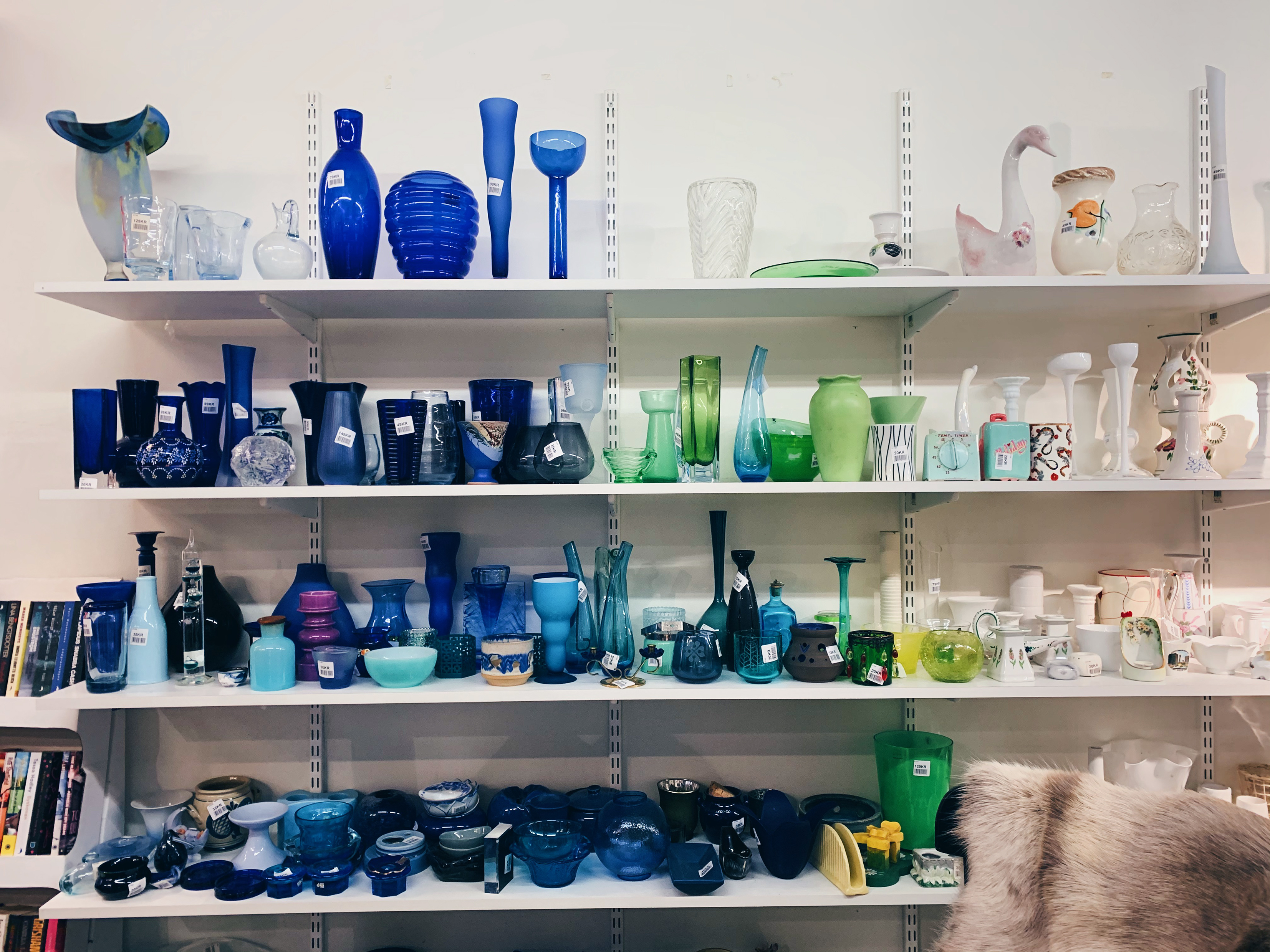
#internationaltourism
While walking, we talked about her practice and compared notes on the #Metoo reckonings in the cultural field in Israel that is only becoming public knowledge recently through a series of exposé pieces by journalist Sharon Shpurer published in the independent online magazine-Hamakom Hachi Ham Bagehinom (translates to The Hottest Place in Hell).
At the time, I was preparing for the Visible Award Temporary Parliament in Paris as part of CuratorLab. I was also researching for an exhibition to follow my summertime residency in Slovenia, looking into traveler and writer Alma Karlin (1889 – 1950). My interest in Karlin only began after I left Celje. On my last day in residency, I had a lovely conversation with art historian and artist, Matija Plevnik. He told me that the perception of Karlin outside of Celje is affected by tourism marketing. That simplifies her as a tourist, branding her as a woman who traveled alone in the mid 20th century, but in fact, he said to me “she was like us” (freelancer, a writer - he meant) traveling to write. Plevnik explained Karlin was always photographed from one side as she had a lazy eye and a deformity caused by a childhood disease. Her imperfect appearance saved her from a possibly unhappy and less exciting life as a wife. In Plevnik's opinion, people focus too much on her private life (meaning sexuality, claiming she was a lesbian or possibly asexual). He also thinks the judgment on the problematic undertone in her ethnographic writings needs to be relative to the field and the time.
My encounter with Dana Lev connected some dots and led me to decide that the exhibition will deal with Travel from a feminist perspective. I played with the concept of hospitality as framed by the tourist industry and its split personality in regards to Celje. Celje is a town with a complex and conflicting history and a desire to become a tourist destination. Many of the projects presented in the exhibition operated as site-specific commentaries on this notion of hospitality as it’s understood in the tourist industry: fleeting hospitality, transitory. I was a ghost curating local collective practices whilst trying to escape the colonialistic tendencies of the curator as a resident visitor. We (myself and the artists) played on formats of tourism within the artworks; presentations; a tour of the city, travel blogging, etc.
In March I submitted my abstract proposal to the CSU art center and began Skyping with the artists to inquire about possible collaborations. My host and I figured that I would be able to travel by September. Things were looking better when Slovenia was declared corona-free and the borders were opened. Unfortunately, the second wave of high infections led to the reinstatement of the restrictions. Sweden was marked as a high risk. In the end, traveling was not a valid option. Having saved my travel expenses, I had more budget for translation so I could write more. The concept of Travel received heightened relevance to our current situation although it was developed before. I had a name in mind, Always and Forever.
While at home in Stockholm, I started to feel frustrated seeing curatorial efforts to initiate Corona-themed projects. Museums formed Corona collections and did online guided tours with digital queues to enter. While the internet-based platforms had no problem adapting and continued to create content from laptops without leaving the home. Everything was a bit much. In late March after the pandemic made it impossible to travel anywhere, a Permanent Vacation Instagram story caught my attention late at night. I watched as the non-stop traveler was leaving (her version of) home. I guess you can call it abroad (at the time, I think it was Warsaw). She was headed to Natbag, how we call Ben Gurion Airport. What looked like a Sci-Fi movie then, is now a familiar, routine setting: A half-empty coach driving to the terminal, surgical masks on all passengers, the staff in hazmat suits spraying seats with disinfectant, duty-free shops closed, the queue-barrier posts creating a maze for the few to reach the airport security booths as if still to accommodate an expected hoard.
The following year, Permi stayed put. She is taking shelter in a local residency program The Herzliya Artists' Residence in a suburban area close to Tel Aviv. Permi never has titles for her photos- just tags to indicate a series. The ones of the black flags anti-Nethanyhu movement are tagged #Balfour that is the street where the daily demonstrations took place - in front of the official residence of the Prime Minister of Israel in Jerusalem.
The rest are all #domestictourism /#internationaltourism, the photos taken during time spent in Israel have tagged #domestic tourism. Anything taken out of the country is labeled #international tourism. While she is there, destinations are less exciting to discover yet the methodology remains. Travel by orbiting the center and expanding the radius each time. Something happened - Dana Lev Levnat became a local photographer (again?). She is creating from her home base, rooted where she has a deep understanding of the culture, language signals, and people. The daily black flag protests against the Netanyahu government were a popular location. Before the vaccines, demonstrations were the only permitted activity and the only chance for interaction with other people outdoors. Until it will be permitted and safe to travel again the project Permanent Vacation is functioning more as a Non-Permanent Staycation.

#Balfour
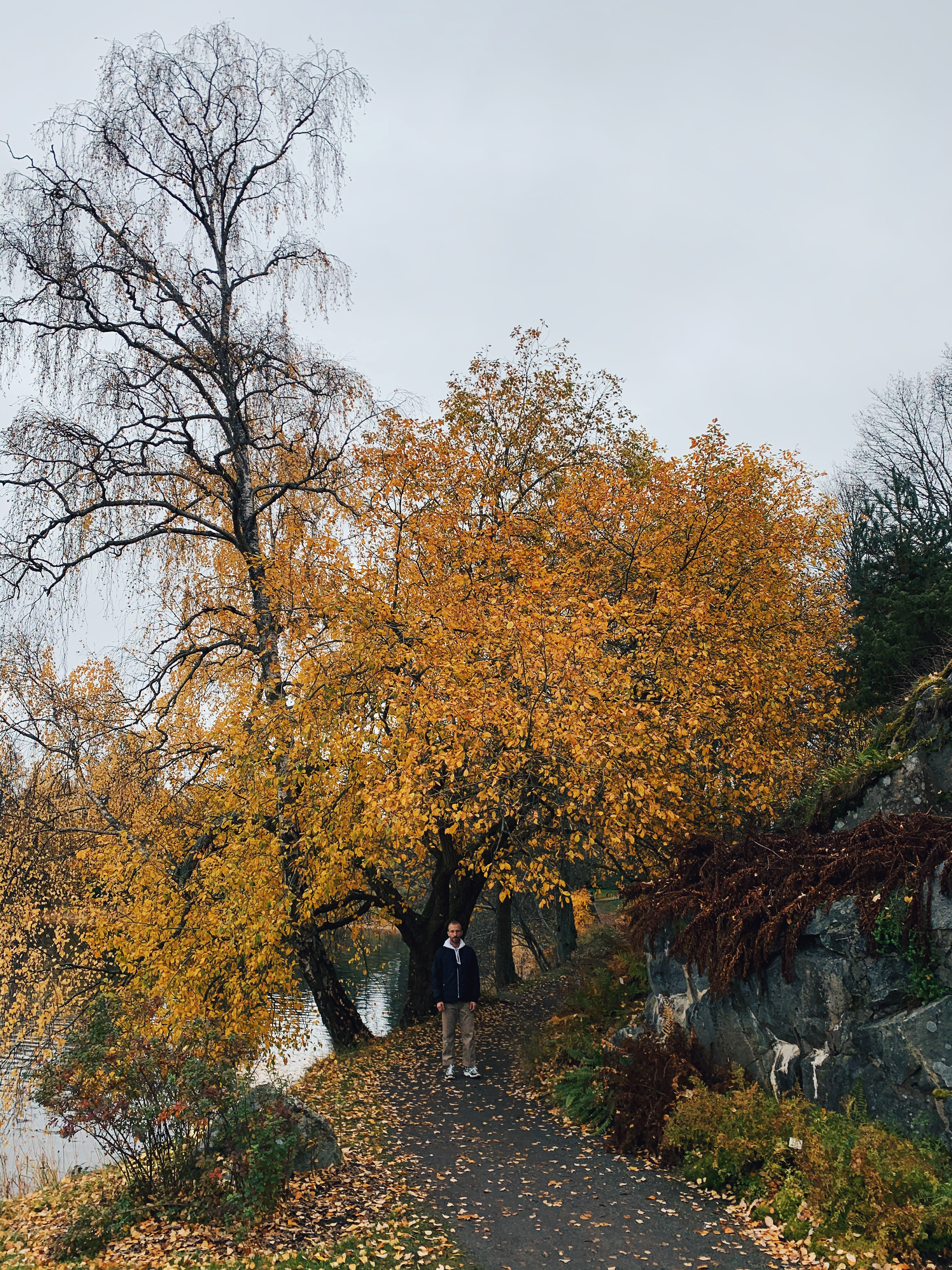
#internationaltourism
Meanwhile, I tried to find writings by Alma Karlin. I was sure there will be something here as I remembered she was friends with the famous Swedish author Selma Lagerlöf (The Wonderful Adventures of Nils). I found one book in English, The Death Thorn, published in 1934, in which she wrote about her travels in Central America, focusing on magic and superstitions. I and my friend Julie, who was finishing her MA at Stockholm University, spent most of our days in Frescati Library. The book was hiding in a section dedicated to Latin America without a digital number. It was last loaned in 1997. It had a laminated yellow cloth cover, black spine and the title was printed in old-fashioned block letters. Leafing through it caused it to give off this wonderful old book smell. Getting a hold of it was like finding a treasure. Reading the introduction was unbelievable; the writing is compelling and the first-person perspective felt so close and honest. Karlin was from Celje but considered herself Austro-Hungarian. Like many Slovenes, she was a polyglot but wrote mainly in German (her first language). She later boycotted this language in protest of the Nazi regime in Germany. Although The Death Thorn offered a feminist perspective as an independent and individual. Her viewpoint was of a white European woman "studying" natives and locals. I do not believe Karlin saw herself as a racist. She had this blind spot that shows how structural racism works. Based on my reading, I think it was hard for her to keep herself separate from the people and cultures she was observing. If you read between the lines, she started to be superstitious herself, believed in the power of magic and witchcraft, formed friendships, and even fell in love.
I was in love with the idea that the most celebrated figure from Celje spent most of her time away from there. This book and my own experience of traveling alone in the Balkans made me reflect on what has changed for the female traveler. It is still a dangerous mission. I was interested in this more contemporary point of view yet a similar practice so commissioned Permi to travel to Celje as a current version of Karlin that uses a camera instead of a typewriter.
We planned for a residency in Celje for Permanent Vacation, timed to coincide with the exhibition. Optimistically we were all thinking that things with the pandemic would stabilize and so we could activate a living work. I am glad we included an existing artwork since the residency has been postponed until further notice. The video exhibited in Celje is titled Glory Box and is a slideshow composed of an uploaded archive of photographs taken by Dana Lev between 2013-2019, arranged in an ever-changing triptych. It loops after 40 minutes which is lightyears away from the fast images on display on her Permanent Vacation social media.
We are still hoping to travel back to Celje for part two, completing the plan in full for Always and Forever.
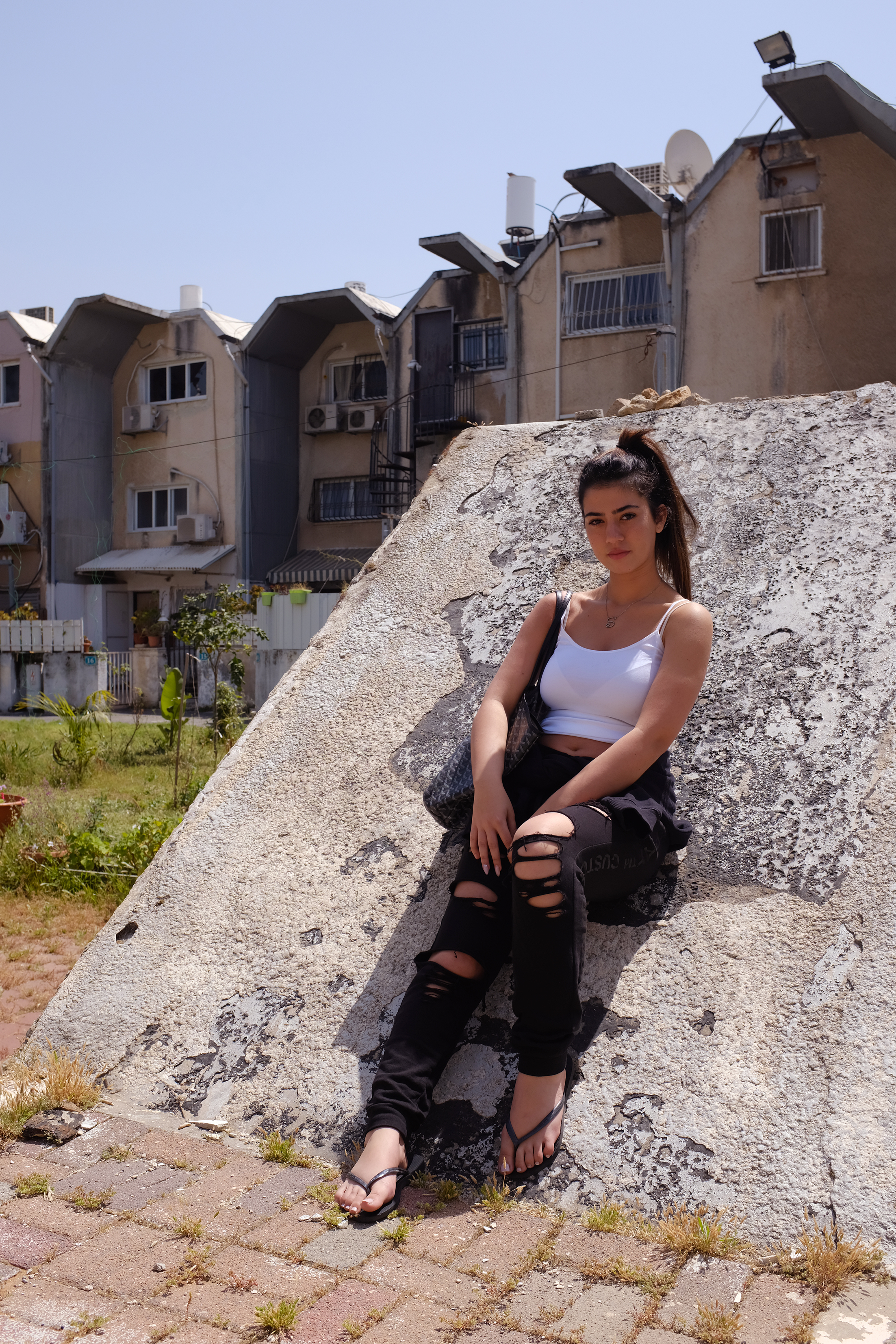
#domestictourism
While stranded in Stockholm, I took a long hiatus from going to exhibitions. Sweden's response during the pandemic has not been as strict as in many other places, forgoing lockdowns in favor of public health recommendations. During March/April 2020 I was self quarantining by choice and didn’t meet any people, use public transportation, or go to enclosed spaces besides making short trips to the supermarket once a week to stock up on supplies.
I decided to go to an opening event at Tensta Konsthall on September 25th. It was my first time taking tunnelbana (metro/underground) and going to a public event in many months. I was supposed to go with Merja, a former colleague of Inbar, who followed CuratorLab 19/20 and was interested in socially engaged art. I usually go to these events alone, although I do find it reassuring to share the anxiety. However, Merja had to cancel at the last minute because she got sick with covid. Instead, I asked my friend Isabella to join me. She accepted and suggested we drop by and later go on to some queer noise event happening the same night.
I took the train from Odenplan on the green line towards Alvik to exchange in Fridhemsplan to the blue line toward Hjulsta, which is one stop after Tensta. The cart was full and I was the only person wearing a mask.
I always go to openings at Tensta. I first met Isabella at the Konsthall when she was doing her internship there and my best friend Didem also works there as a producer. It was the opening of Åke Hodell: Resistance, an exhibition of the work of the Swedish avant-garde driving force curated by the music journalist Elena Wolay and the artist Fia Backström. I was not aware that there was a list. We were not on it. Didem always signs me up. I guess it was my fault because I never told her I was coming. I asked Hanna if we could go in and was told we could be on a waiting list and watch from outside in the meantime. I thought she was kidding and giggled a little -How can that work? I thought and found what happened next so surreal. I looked around to see there were tables outside and a monitor inside turning to the glass wall to televise the event happening in the gallery. I started to understand. So we got here but will not be allowed in.
We sat outside watching the inside. The sound was not working well, and anyway, I only understood half of the Swedish. I felt so awkward. We were supplied with blankets and warm tea, an attempt to make up for the guests sitting in the cold weather. I was restless - as if openings are not uncomfortable enough. Before we sat, I softly ranted that the art world finally got what it secretly wanted: a perfect excuse to create classes without worrying about bad optics. Without the need for crowds decorating photos proving the success of the event to the public. We considered cutting our losses and moving onto the queer noise event we had tickets to, this way we at least don't miss that one. The new employee at the Konsthall - a tall guy sat outside by the door reading out names from the list as if it was a hip new restaurant. He almost looked like a bouncer and it was as if we were all doing a 20 minutes long queue. Just as we were ready to leave, the guy called Isabella. We wanted to go in but hadn't arrived together and so our names were not called at the same time... She insisted on not going without me, even though I told her it was ok. We noticed some people going out to smoke. The system broke. It was all chaos, a big mess. After half an hour he read out my name, finally, so I said to Isabella: 'now we can both go in!' He said he already gave her spot to another person. I obviously couldn't go without her. I suggested we leave. Seeing it's frustrating, the guy gave up and let us in any way.
As we were leaving, I got to thinking, Is this the way openings will be like from now on? It seemed exhausting. It wasn't an error in the organization. It was simply the result of trying to adjust to the health guidelines for the first time. In the end, it wasn’t so bad. The exhibition was cool, we got to see most of it and still made it to the sound thing that took place in the Baltic Sea port part of town.
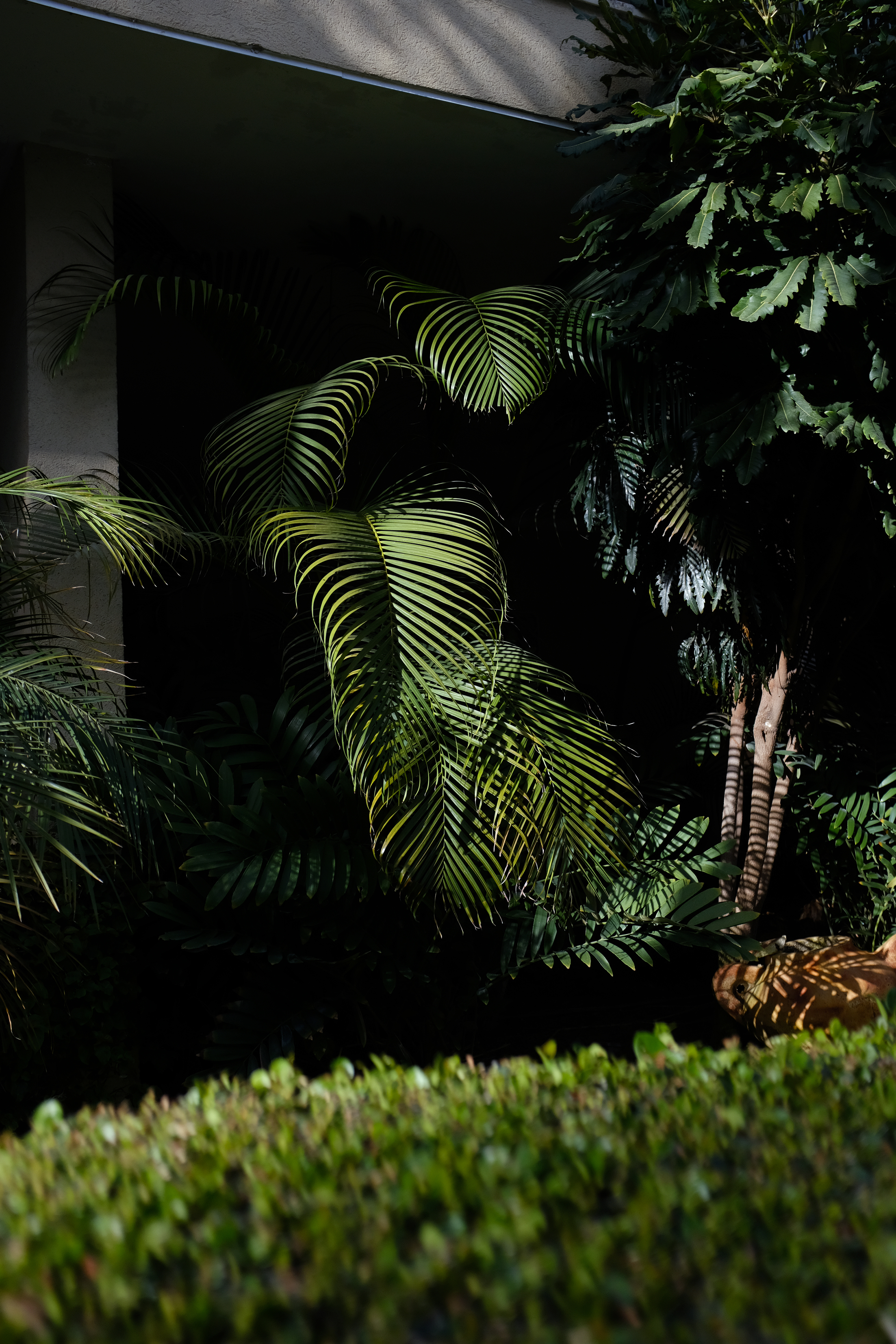
#domestictourism
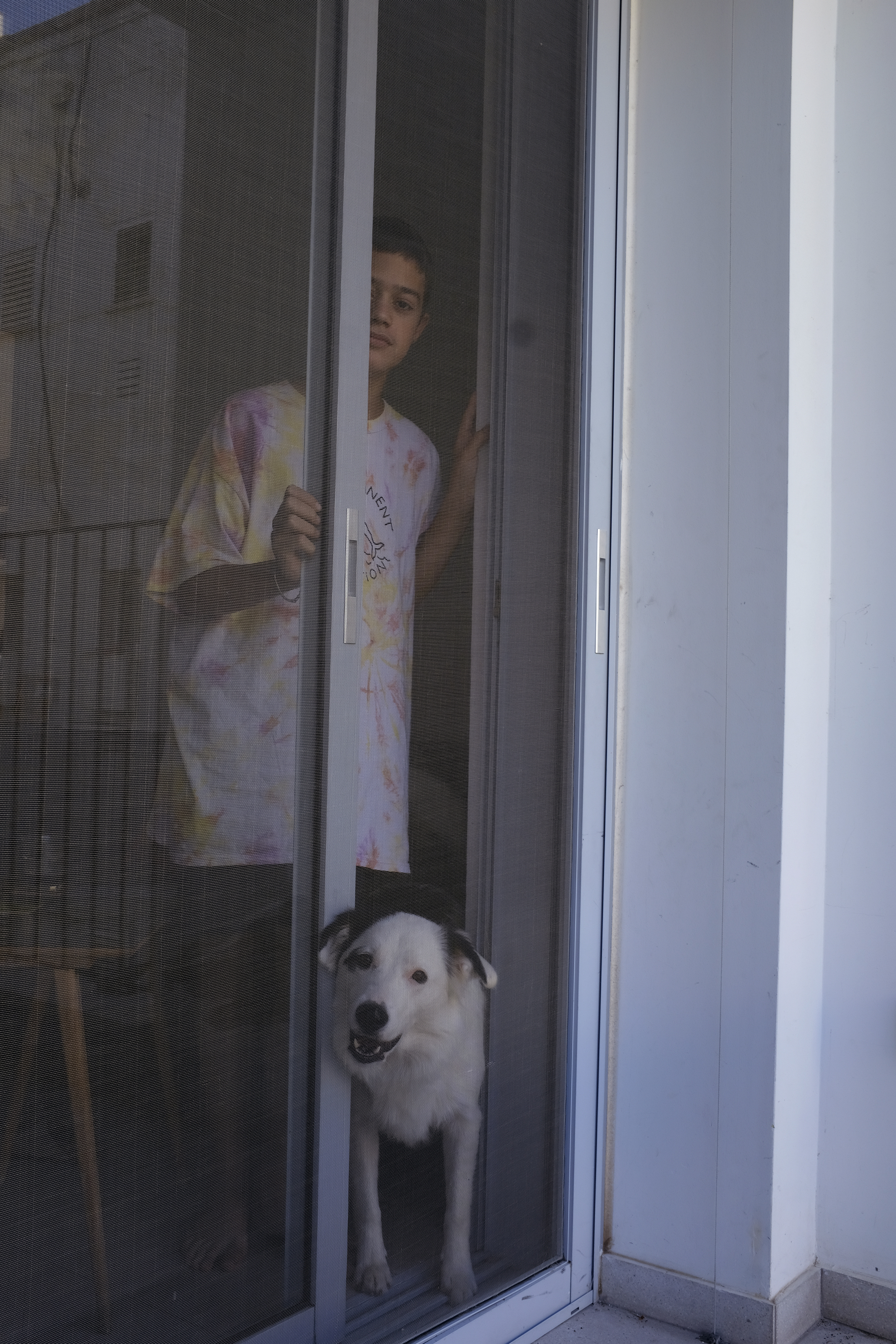
#domestictourism
I couldn't go to the opening of Always and Forever that took place in the contemporary art gallery in Celje on September 11th, 2020. I was working on the texts continuously until the day of the opening, whilst following a live-work online and writing the text for Fast art 2020 - public action/performance by Neža Knez and Danilo Milovanović as it was happening. Knez & Milovanović traveled by bicycle from Ljubljana to Celje with their friends documenting this action with a GoPro camera and then streaming it live from the gallery FB page. In the spirit of this action, I shared an open Google doc and wrote the text for the work live.
My friends surprised me that evening and threw me a party, which was really sweet of them.This series of anecdotes touch upon the gap. This gap, that is always, between a guest and a host, artist, and curator, exhibitor and viewer, local and visitor. Curatorial efforts are to bridge these in-between spaces; To make the two closer by forming a relationship like all relationships, long-distance ones are more difficult to maintain, but not impossible. However, relationships can not only feed on digital mediation alone. Within a crisis limiting mobility and transit, an already imbalanced ratio of digital to physical art-based encounters is troubled. The long-term effects of this are still unknown but also unsealed. The creative sector is not unified in a common disastrous fate. The opportunities for growth and change are there because things have to change. To ”wait out the storm” or “get back to normal” will not only be impossible, but it would be wrong. The silver lining may be present in the chance to reshape the existing structure of power that often slows down true progress and innovation.
During the pandemic, Permanent Vacation started making limited-edition merchandise: Buttons with the Permi Vac profile pic that is an abstract geometric digital painting in green and pink; tie-dye shirts (and even baby clothes) branded with smiling dolphins and Permanent Vacation printed on them, assimilating to the memorabilia you could buy at the cheezy tourist centers of any popular destinations.
Tourist memorabilia tends to be stuck in the eighties and creates an idealistic depiction of the place. Dirty beaches seem clean and pristine. Sleeping town centers look lively and buzzing.
The postcard is an alternative to the photos so you could remember the place as it never was- without you and all the rest of the tourists. Inplace of postcards Permi offered digital prints of her work at a price of 180 shekels.
A while ago, Permi said she tried to send me some merch through the regular post to Sweden. We never got the package - it got returned to sender:( we sometimes have issues with the mail to and from Israel. It is not the most reliable, however, I can say it is so cheap- much like public transport here and there.
I know Permi is a "foodie" as many of her subjects are dishes she eats. It is also one of many photographic traditions I always liked.
The food always looks good yet, is never too posh. The food celebrated in the frames seems to be yummy, simple, and local. I guess that because of the nature of her travels, she spends weeks and months in one place and often returns. It happens that she misses some foods like all of us living thousands of kilometers from where we grew up. I miss Persian cucumbers the most (the next-best thing is Västerås cucumbers available in summer though it is not the same). I noticed on social media that throughout the pandemic, wherever she craved something in particular- she then mentions it in a comment in an original post - from 2018, 2016, and so on. Because of her traveler lifestyle, she rarely gets to cook. I remember that what I hate most about traveling is the fact I can not cook for myself. If I have to eat out all the time after a while, it drives me crazy.
In Sweden, I noticed Permi enjoyed the famous pastes in large metal squeeze tubes. They are sold as toppings for crackers/ bread everywhere.
I have only seen it here and never cared to try- it seems like food made for astronauts.
There is usually a section of tubes hanging on a dispenser in every Coop/ICA supermarket in Sweden, they are a staple here. You have blue cheese in a tube-that they consume over pepparkakor (gingersnaps) during Christmas, shrimp, shrimp and cheese, Skinka (smoked ham), and, god knows what else. There is a vegetarian paste too. The only tube I get is light mayo if the other alternative is plastic. The most strange and foul of those is Kalles Kaviar.
It is salted cod roe paste, which I know as Icră, and Swedes are addicted to it. It is most common to put a hard-boiled egg over a rye cracker/soft polar bread. It stayed the same since 1954- the logo depicts the son of the then-CEO of the manufacturing company, Carl Ameln (Kalle is a nickname for Carl with a C).
I planned on sending Permi the Stomatol toothpaste that was popular in the 1950s. I could only find it in ICA near me on Vanadisvägen as it seems to be almost extinct. Along with a humble brush, a bamboo toothbrush that is -made in Sweden, as an effort to avoid creating plastic waste) I never got around doing that.
Then one day, Dana Lev wrote to me that she drove all the way to Ikea to buy Kalles Kaviar only to discover they were out and not sure when they will restock.
I offered to check if Fika, the Telavivian Swedish bakery, may have some- she did check - they were also out. I said I could send it to her but was skeptical about whether the product will survive the journey. I packed the caviar I got in Lidl with some custom-made cool plastic wrap and a single humble brush along with a postcard of this famous photo from Lars Tunbjörk.
The package is a homage to an artwork/gesture from Iaspis by Janine Antoni and Paul Ramirez Jonas.
It took some time to arrive safely at its destination.
On the 20th of May, I went to pick up a package I got from PostNord, in a local post kiosk called Matkompaniet. I guessed it was the buttons from Dana Lev because I was not accepting any other package. In a thin white, envelope there was a small plastic packet with two custom-made Permanent Vacation logo buttons/pins (how do you call these things) branded with the digital painting of pink & green and an A5 digital print.
The print was of a portrait of a boy, skinny and tall, maybe 9-10 years old, wearing colorful long shorts, Adidas silver trainers without socks, and a pink rubber band on his upper right arm as if he is saving it.
I do not recognize the town* looks like many towns in the HaSharon area in Israel, with narrow roads and narrow pavements, simple one-story single-family detached houses in the background with red roofs. Red like a kid's hair, I wish to say - it is lighter strawberry blond. There is no reason behind this style of rooftops in a country where it rarely snows. It is an aesthetics important from Europe, much like the pine trees that are also not native to the land but artificially planted to make that part of the middle east look like Europe. This scenery looks a lot like the town I grew up in Ra'anana. My parents, uncle, and aunt still live there. He looks like he was out playing and has no cell phone and it just seems liberating to be running around safely, independently, being free. I try to imagine how Permi approaches and manages to capture this boy as he is. The paper got crinkled from the journey. I placed the print in between two stacks of books on the upper shelf in the living room to press it back straight.
*I later find out the photo is from Moldavia, Romania, the same area where her grandfather came from, a poor part of the world that many come to Israel nowadays for work. To make such a mistake in location feels like a strange victory almost to say all places and people are similar and connected. It also proves how the migrations from Europeans to Israel influenced the building style and vegetation.
I spend some time thinking about the hidden meaning of the Permanent vacation profile pic/logo as if it is some kind of riddle. Perhaps it is a close-up of a known monument or an abstraction of familiar geography, maybe something personal. I asked Dana Lev about the green and pink shapes and she confessed that it is a free digital painting inspired by the Go-Go's album cover 'Vacation'. She claims to paint it the day before starting the project and going away. I search the song on youtube on my phone and see Belinda Carlisle stepping out of a taxi meeting the rest of the Go-Gos near the gate at the airport. The rest of the video is a fantasy scene where they all water ski in prom dresses in tiaras. By the third time I listen to it, I'm hooked- singing:
Vacation, all I ever wanted
Vacation had to get away
Vacation meant to be spent alone.
Photos are by Dana Lev-Levant/Permanent Vacation, photographer and traveler. - Link
Tal Gilad (b.1985) is a Stockholm-based independent curator. Her education includes a BFA in Fine Arts from Bezalel, Jerusalem (2010), and a postgraduate in The curatorial studies program of CCA Tel-Aviv (2013). Is a recent CuratorLab 2019/2020 at Konstfack University alumna, and worked in and with institutions such as The Digital Art Lab (Holon), The Center for Contemporary Art (Tel-Aviv), Tensta Konsthall, The Nordic art association/NKF (Stockholm), The Visible, and most recently the Luleå Biennial. Interested in cultural diffusion, medium in crisis, and a micro-generation of artists having had an analog childhood and digital adulthood. Her practice is flexible and focuses on the curator-artist-viewer relationship to create an ever-expanding community based on art discourse concerning life.
The Exhibition is in Transit vol.1 features contributions from Cédric Fauq, Cosmos Carl, Jaakko Pallasvuo, Jade Foster, Martí Manen, P*D*A*, Tal Gilad and Winnie Herbstein.
Ephemeral Care focuses on ethics, practice and strategies in artist-led and self-organised projects.